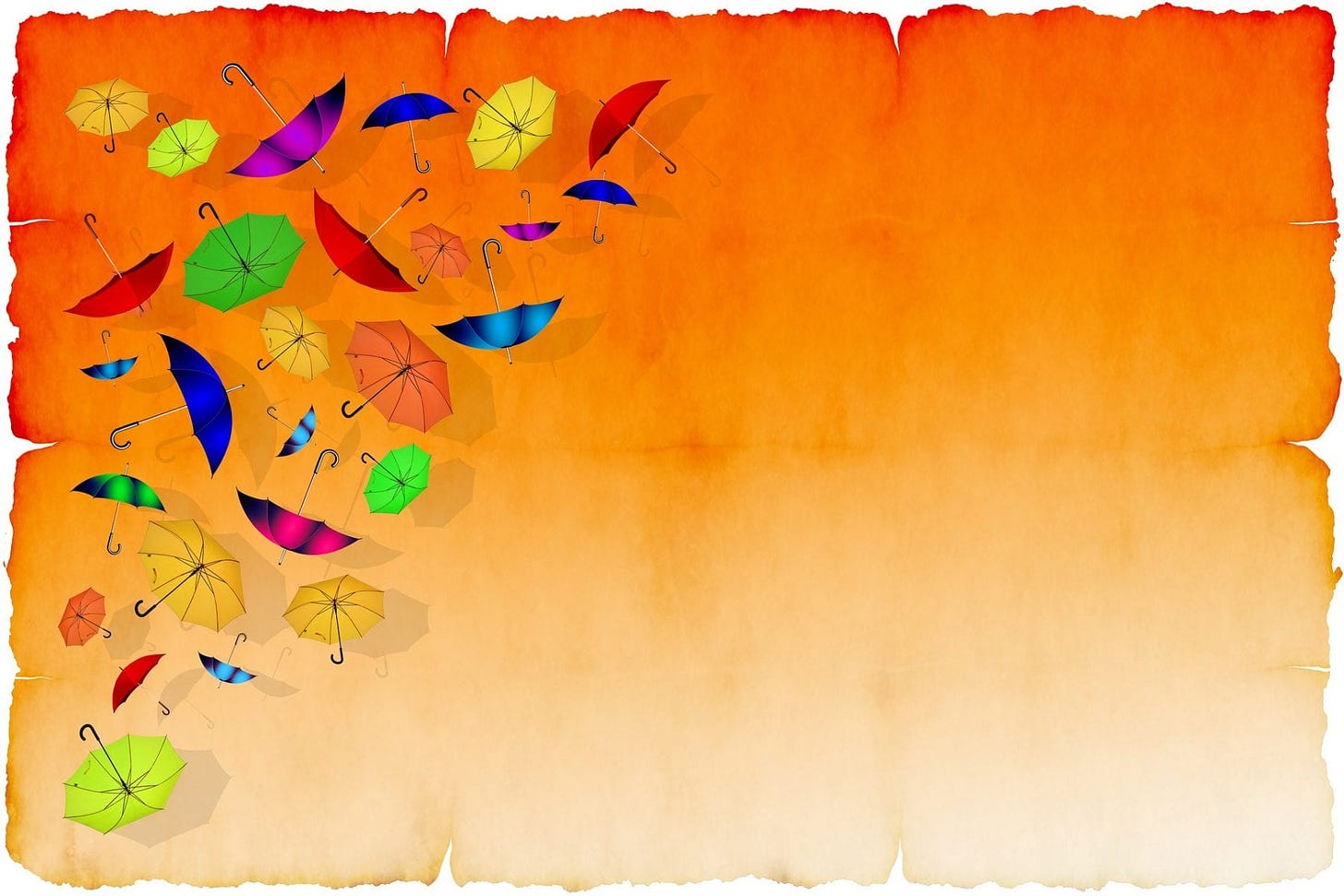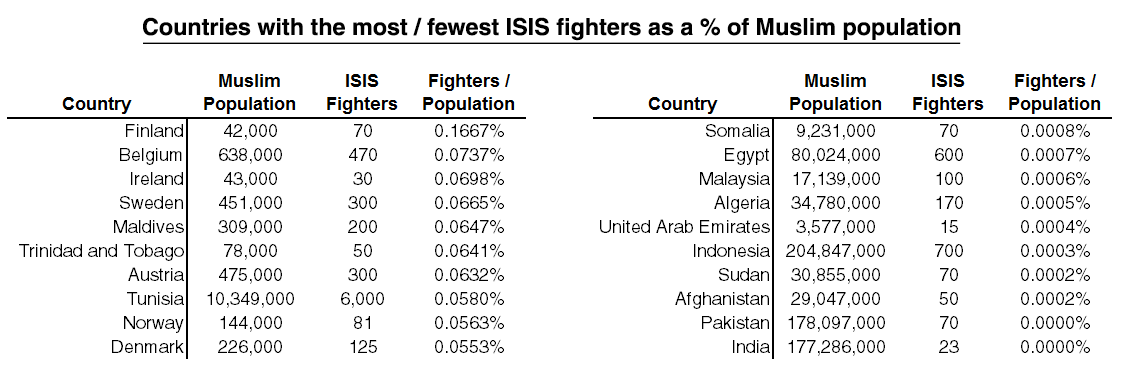Is Social Diversity Really a Strength?

Is social diversity really a strength for any society? It goes against the grain of liberal thought and indeed what is called the core strength of Indian civilizational ethos. But what if that idea was actually planted for the good of those who contaminated the very basis of that liberal space?
What if the only way to perpetuate the wrongs by the exclusivists was to eulogize the door that was opened by the inclusivist for them to spread the mayhem? What if the burden of diversity’s strength rested squarely on the shoulders of the inclusivists while the exclusivist’s central and passionate creed was the annihilation of that very inclusivism?
Table Of Contents
A tale of three societies and social diversity
Let us look at three case studies to understand the dynamics and the strength of homogeneity. One is India. An inclusive culture that openly welcomed others with social differences. Even those who were homogenous inherently and exclusive in ideology.
Second, is Norway. A homogenous and closed society until recently which accepted another homogenous and exclusivist group.
Third, is Japan. A homogenous and closed society that does not accept any diversity to enter.
In terms of agility and turning around a society to new possibilities, which one caters to the well being of its citizens the best? Lets not look at this question from a moralistic lens but a perspective of what works. And what does not.
India and Ganga Jamuni Tehzeeb – a forced slavery to morality sanctioned subjugation?
Ganga Jamuni tehzeeb – or the so-called harmonious way is romanticized in India, and fake champions like Amir Khusrau are paraded in every literary festival. Khusrau’s greatest peeve against his mentee king Khilji was that his exorbitant taxes on Hindus (an increase from normal jiziya rates) were a chickening out from the real responsibility he should have delivered on- the total annihilation of Hindus.
Taxes as high as 50% on produce, on milking animals and on dwellings immemorial millennia old! He kept lamenting that Hindus were alive contaminating the landscape of the land they actually belonged to.
That diabolically evil idea of diversity was hoisted on Indian natives – the Hindus. In the name of liberal morality.
How was such an outlandish idea even conjured up with a psychopath as the poster boy?
Historians and sociologists have given a pass to such psychopathic behavior and tendencies because it aligned with a “faith” whose core way was to be exclusive. Anti-thesis of diversity. Diversity was a curse for Amir Khusrau. Standardization of belief, his belief, was his creed.
Everyone should either believe what he believed or be dead. Anyone else was a burden on the planet and a contaminating existence!
Between the extreme homogeneity and full freedom to the aforementioned psychopathy as the basis of diversity and its unquestioned accommodation, lie many hues.
Those have been left unexplored.
Norway – Liberal Nirvana or ISIS haven?
In recent times, the Nirvana of social liberalism for most leftists in the West have been the Nordic countries. Specifically with their supposedly uber-liberal ways and welfare states. But is that the real story?
Until recently, for example, the only distinct group other than native caucasian Norwegians were the Sámi people. They were nomadic tribes that had a distinct way and culture for past 2000 years. Some 80,000 of them live in four countries – Norway, Sweden, Finland, and Russia. Reindeer husbandry and herding has been their mainstay.
Their rights have only recently been acknowledged in Norway.
As a result of the Norwegian parliament (Sortinget) passing the Saami Act in 1987, regulations regarding language placed the Sami language on the same level with Norwegian within the designated Sami language administration area. Special regulations were appended to the Saami Act in 1992, one of which confirmed Saami as an official language in Norway (Wheelersburg, pg. 18). (Source: Univ of Washington)
The Nordic societies were probably the most homogenous in the West. They were run successfully and were prosperous. Enough to run social welfare states where despite the welfare, people were eager to work hard, contribute and innovate.
The flux of immigrants, refugees (along with the impact of chain migration) brought diversity into these millennia-old diversity-shunning societies. The result – lack of integration of the new migrants and their lack of trust in Norwegian political institutions for example.
The consequences are startling.
Sweden, Denmark, Finland, and Norway are the most fertile recruiting grounds for ISIS fighters! More Muslims from Norway went to fight for ISIS than from Pakistan! Now, that is some benchmark.

A study by The Hebrew University of Jerusalem shows that economics and poverty were not the reasons for ISIS recruitment. It was lack of integration into homogenous Western societies.
Although we cannot directly determine why people join ISIS, our results suggest that the flow of foreign fighters to ISIS is driven not by economic or political conditions but rather by ideology and the difficulty of assimilation into homogeneous Western countries.The Hebrew University of Jerusalem
But the question is – was it Norway’s need to assimilate or the migrants’ duty to integrate? Did the latter make any effort? Were they ripe for ISIS ideology even before they entered despite being the victims of that ideology’s impact? A religious version of Stockholm Syndrome – where you love the very strain of ideology that subjugates you?
The urge to invite and integrate the migrants from certain societies was born out of the liberalism that had come up from the churning that the prosperity presented to those societies. Poor societies are busy trying to survive. Prosperous ones aim to be altruistic.
Swagger of Prosperity
There is a swagger of the prosperous. A sense of invincibility. The prosperous feel that their state is now the ‘forever normal’. That lends itself to the need and excitement of opening one’s self up.
And, there is sometimes an arrogance of the under trodden. The ideologically fanatic ones, specifically. That, despite their real ability to contribute to society, they can prosper by the very set of characteristics which have kept them down. There, is you see, a rejoicing of their intrinsic ethos.
WHen the homogenous ethos of success and prosperity of the Nordics was mixed with an even sharper homogenous mix of Middle Eastern religiously fanatic groups, the combination created the perfect storm. If the new group joining a homogenous culture had humility to mix in without any noticing – like the Parsis did in India and thrived – or if the joining group was an inherently diverse group with an inclusive ethos – the result would have been a greater prosperity for the combined society.
The result, on the other hand, is an unfolding disaster.
Homogenous cultures should carefully open up to other groups. Or should they even?
Japan – where homogeneity is considered key
Let us now look at the Japanese culture.
In 1986, Japanese Prime Minister Yasuhiro Nakasone had made an observation that “level of education and intellect in the United States is low because of its large black and Hispanic populations”. In US, this would be a very racist viewpoint as in any heterogenous society. In Japan, however, no one even blinked an eye. In fact, Washington Post had this to say on why it wasn’t such a big deal in Japan.
In the view of many Japanese, Nakasone was simply talking common sense, saying that ethnic diversity creates confusion and discord and that societies function best when people look, think and act alike, as they do in Japan.(source: Washington Post)
There was a huge uproar in the US, for obvious reasons. Something that the Japanese could just not understand. In fact, one of the major newspapers in Japan stated in a matter of fact way, the benefits of homogeneity.
“The racial composition of Japan’s population is highly uniform, and this has been a favorable factor in the spread of education and in the development of the economy.”
This purity of race and culture is steadfastly maintained in Japan by the government and has a buy-in by its people. Its immigration, refugee and asylum, policies are all in line with this. For example, between 1982 and 2004, only 313 persons had been admitted in refugee status. Read this interesting study on homogeneity in Japan, while exploring the right way to look at the society in Japan – homogenous of race or multi-cultural ways?
Despite how many would like to dissect Japanese society via differences in dialects, political, or even religious attitudes, the fact is that the Japanese consider themselves as one homogenous group. And, that is what matters.
As the Japanese newspaper suggested, the Japanese have used their homogeneity to turn around their country and society in ways that would be almost impossible in any other place. How a martial and often aggressive oppressor of other men, the Japanese establishment and society found in itself to transform an entire country into peaceful and tranquil, though extremely hardworking and perfectionist society is a social miracle!
When the Japanese soccer fans clean the stadiums even when their team loses in the World Cup, the social and cultural ethos that permeates every Japanese household shows through.
And, that – almost – fetish for cleanliness and perfection is what enabled an entire society to handle COVID-19 so well. Even when it was in the neighborhood of ground zero.
Homogeneity or not?
The question seems to be very one dimensional. Very binary. It should not be.
There are many different ways to look at this question.
Diversity can only thrive when it takes within its fold, open and inclusive groups. If a society has to be open and liberal and wants to uphold diversity, then it can only do so if the approaching group also believes in the same configuration.
It does not matter what belief systems one has. What is imperative is that one does not hold it as the only sacrosanct way for all. What the other follows is his or her right. Birth right. What you believe or follow is your right. As long as his belief does not inherently disregard, worse demonize, yours, and is open that your way is as complete as his, then such a group is suitable for inclusion.
If approaching groups are not those which value diversity and inclusiveness, then diversity can be a curse and will surely be the trigger for the downfall of a diverse and inclusive society.
If the creed of the approaching groups is exclusive (worse if it that exclusive creed is protected fanatically) then homogeneity is the best way forward. As we have seen in the case of India’s trials and massacres and in the failure of Nordic societies to safeguard themselves against the savagery of the Islamic State.
In times of greatest disasters, cultural homogeneity does have an edge. A society can be transformed very quickly and almost completely. As the Japanese have shown so many times.
Featured Image by Gerd Altmann from Pixabay



